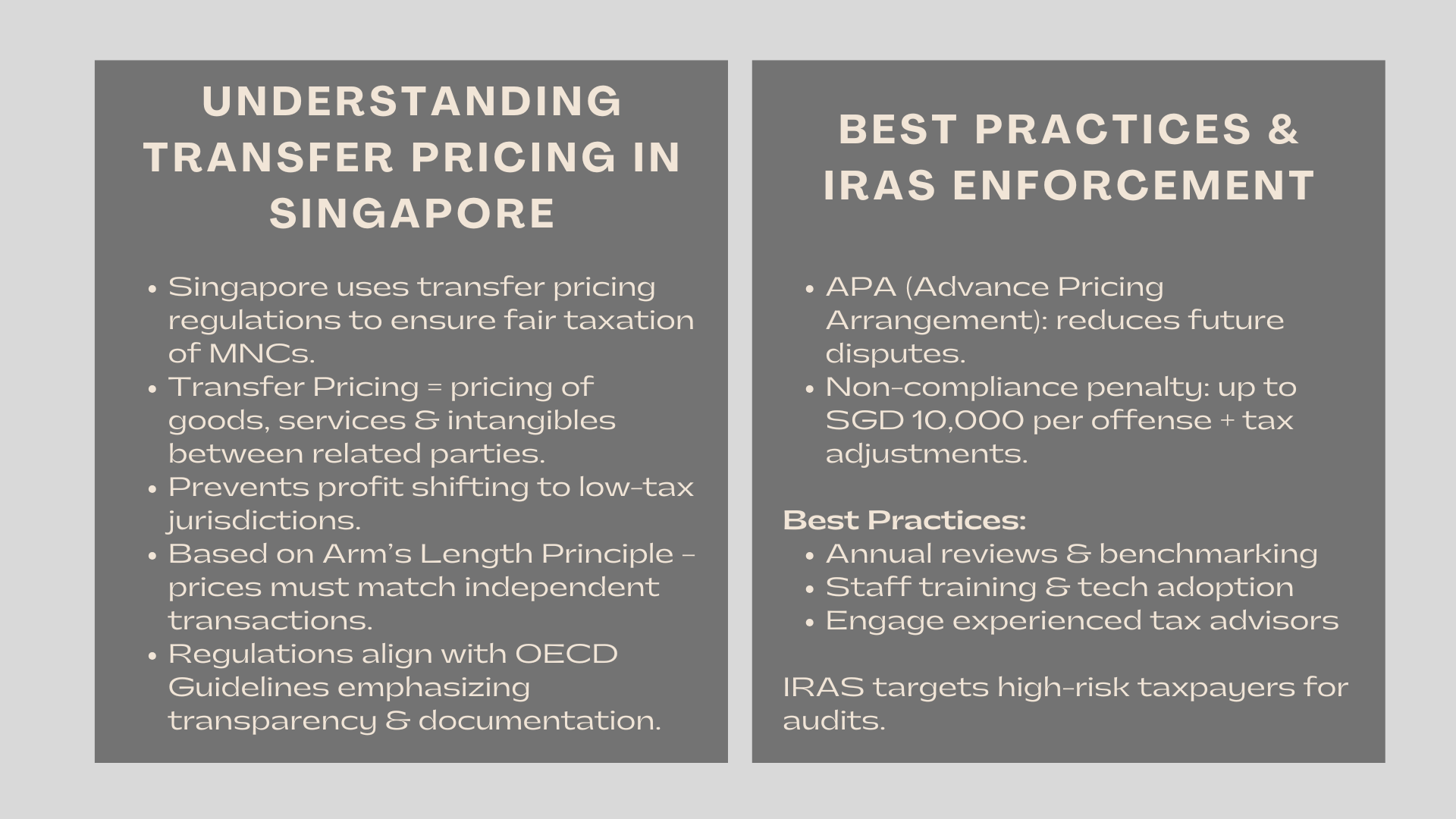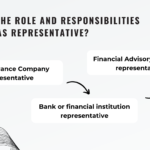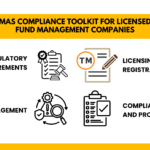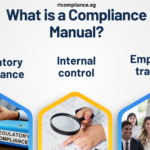Transfer Pricing Rules in Singapore – What Businesses Should Know
Due to its ongoing success in making Singapore a business and financial centre in the world, Singapore has adopted sound mechanisms that would safeguard equitable and transparent taxation of multinational companies (MNCs). Transfer pricing regulation is one of the vital aspects of this framework, which is a system that aims at deterring the phenomenon of shifting of profits and base erosion by cross-border related-party transactions.
As firms in the global networks, it is necessary to learn and adhere to the requirements of transfer pricing as stipulated in Singapore. It not only makes sure that there is tax compliance but also operational integrity and reputation in the long term with the Inland Revenue Authority of Singapore (IRAS), highlighting the importance of compliance audit for businesses in Singapore.

The Concept of Transfer Pricing.
Transfer pricing is a term that is used to refer to pricing of goods, services and intangible assets that are transferred between related parties which can be a parent company and its subsidiary or two parties that are under a common ownership.
In situations where such transactions take place across jurisdictions, businesses may actually price their products in a manner that arbitrarily moves profits to low tax jurisdictions. To overcome this, Singapore has regulations that make sure that the prices are based on what would have been agreed between independent bodies in similar situations. This is referred to as the arm length principle – the Singaporean transfer pricing regime.
Singapore transfer price regulations conform to the OECD (Organisation for Economic Co-operation and Development) Transfer Pricing Guidelines which places higher priority on transparency, documentation and substance rather than form.
Overview of Singapore’s Transfer Pricing Framework
To give a clear overview of Singapore transfer pricing regulations and documentation requirements, it’s important to understand that IRAS expects all related-party transactions to be conducted at arm’s length. The transfer pricing framework is guided by several key documents and requirements.
The Arm’s Length Principle
The principle of arm-length presupposes that related-party transactions should be priced and termed similarly to the transactions conducted between independent parties. The companies should have the capacity to prove this with transfer pricing paper work, benchmarking research based studies, and analysis.
Guide to Transfer Pricing by IRAS.
The initial version of detailed Transfer Pricing Guidelines was released by IRAS in 2006 and has been revised on a regular basis ever since, with a view to adhering to international best practices. These principles are applicable to all organizations that are involved in related-party transaction, both in-country and cross-country.
Documentation of Transfer Pricing.
Firms that maintain related-party transactions with substantial levels of transactions are required to prepare and maintain transfer pricing documentation in a yearly basis. The documentations must give evidence that the prices charged are aligned to the arm length principle.
IRAS requires this requirement of a company of:
- Gross revenue of over SGD 10 million, or
- Related-party transactions that are above certain amounts of money.
The documentation is not to be attached with the tax returns but should be in readiness and should be provided to the IRAS according to the request, normally within 30 days.
Key Components of Transfer Pricing Documentation
To make sure that the compliance is in place, companies need to prepare detailed transfer pricing documentation that would entail:
- Organizational Structure: A description of legal and operational structure of the group.
- Nature of Business: General introduction of the business model, industry and economic situation.
- Related-Party Transactions: The intercompany sales, services, loans, royalties, etc.
- Functional Analysis: Determination of functions, assets and risks of each entity.
- Comparability Analysis: Benchmarking the price of related parties as compared to the market rates.
- Conclusion and Method Selection: The reason of the adopted pricing approach and the ultimate range of the arm length.
This will be used to justify the transfer pricing position of the company and reduce the chances of conflict with the tax authorities.
Normal Transfer Pricing Techniques.
IRAS acknowledges the existence of a few universally accepted approaches to arm length pricing. The most common include:
- Similar Uncontrolled Price (CUP) Method – Comparison between the price that is charged during a controlled transaction and the price that is charged during a comparable transaction, which is uncontrolled.
- Resale Price Method (RPM) – Its figures start with the resale of the price to an independent party and then subtracts a reasonable gross margin.
- Method of Cost Plus (CPM)- This is an addition of an appropriate markup on costs that are incurred by a supplier.
- Transactional Net Margin Method (TNMM) – Researches the net profit as against a suitable base (e.g., costs, sales, assets).
- Profit Split Method (PSM) – This is used to divide the total profits among related parties in proportion to their contributions.
Depending on the type of transactions, reliability of data and relative functionality, companies have to select the best method.
Compliance and Reporting Obligations
In addition to maintaining documentation, companies must comply with several ongoing obligations as part of the guide to complying with IRAS transfer pricing guidelines for multinational companies.
Documentation Requirement Transfer Pricing.
All other taxpayers who transact with related parties are required to prepare transfer pricing documents at the same time they transact business- that is, at the same time transactions take place.
Reporting related party transaction form (RPT Form).
The companies are required to submit the RPT Form every year with its corporate income tax return in case its income surpasses SGD 10 million. This form reveals the character and worth of related-party transactions, which gives IRAS an insight into possible areas of risks.
Advance Pricing Arrangements (APA)
In order to prevent any future disagreements, organizations have the opportunity to apply to IRAS by means of an Advance Pricing Arrangement (APA). It is a proactive contract that stipulates the right methodology of transfer pricing of specific transactions within a specified time.
The APAs may be either unilateral (with IRAS alone), bilateral (with IRAS and foreign tax authority), or multilateral (with more than one tax authority).
Modifications in Transfer Pricing.
In case IRAS feels that the transfer prices of a company are not at arm length, the IRAS is allowed to adjust the taxable income of the company. These are adjustments that can result into higher tax liability, whereby interest can be charged on extra taxes that are due.
Sanctions against Non-Conformance.
Lack of adherence to the transfer pricing documentation requirements may lead to grave consequences. IRAS can give punishment to the tune of SGD 10,000 per offense:
- Failure to keep or submit transfer pricing documentation in a timely manner.
- Giving incorrect or partial information.
- Violation of an APA contract.
Also, there is a risk that companies will be subject to changes which will increase taxable income and cause double taxation – where the same income is subject to taxes across more than one jurisdiction.
Importance of Transfer Pricing Compliance
Transfer pricing compliance offers more than just regulatory assurance; it enhances corporate transparency, strengthens audit readiness, and supports sustainable global operations.
By maintaining detailed documentation and following IRAS guidelines, companies can:
- Avoid costly audits or disputes.
- Ensure tax efficiency and fairness.
- Build confidence among shareholders and regulators.
- Safeguard their international reputation.
For multinational companies with cross-border operations, adopting robust transfer pricing policies ensures business continuity and tax compliance in multiple jurisdictions.
Best Practices for Businesses
In order to control transfer pricing compliance, the following best practices must be adopted by companies:
- Carry out Periodical Reviews: Revise transfer pricing documentation on an annual basis, as well as reconsider methods to mirror current business circumstances.
- Conduct Benchmarking Research: Compare the prices within an organization with market prices to make sure they are in line with the arm-length principle.
- Incorporate Compliance into the Business Processes: Educate finance and accounting staff to identify and list the related-party transactions appropriately.
- Use Technology: Track and analyze intercompany transactions using tax software or ERP software.
- Use Professional Advisors: Work with tax advisors who are accustomed to the IRAS and OECD standards so as to be accurate and comply.
Such practices not only make sure there is compliance with regulations, but they are also used to ensure global tax efficiency is optimized.
The Approach of Enforcement by IRAS.
IRAS approaches transfer pricing audit on a risk-based basis thus concentrating on high risk taxpayer i.e. large or complicated related transactions, continuous losses or considerable adjustment.
IRAS can demand supporting documentation, interview and examine financial statements during audits. Businesses with well-documented records and documents are usually having easy time during their audit and they are less likely to have any conflict.
Conclusion to Transfer Pricing Rules in Singapore
The transfer pricing system in Singapore is created to foster fairness, transparency, and uniformity in the multinational business operations. Following the principle of length of arm principle and ensuring appropriate documentation, the companies will be able to maintain the compliance risks under control and gain the confidence of the tax authorities.
It is essential to learn about the summary of the Singapore transfer pricing regulations and documentation to stay in business related to the cross-border trade and adhere to the instructions to comply with IRAS transfer pricing regulations to multinational companies to be sure of further compliance and tranquility.
In the modern economic environment of globalism, the active management of transfer pricing is not only a prerequisite of regulatory requirements but also of the responsible and sustainable management of business in Singapore.




